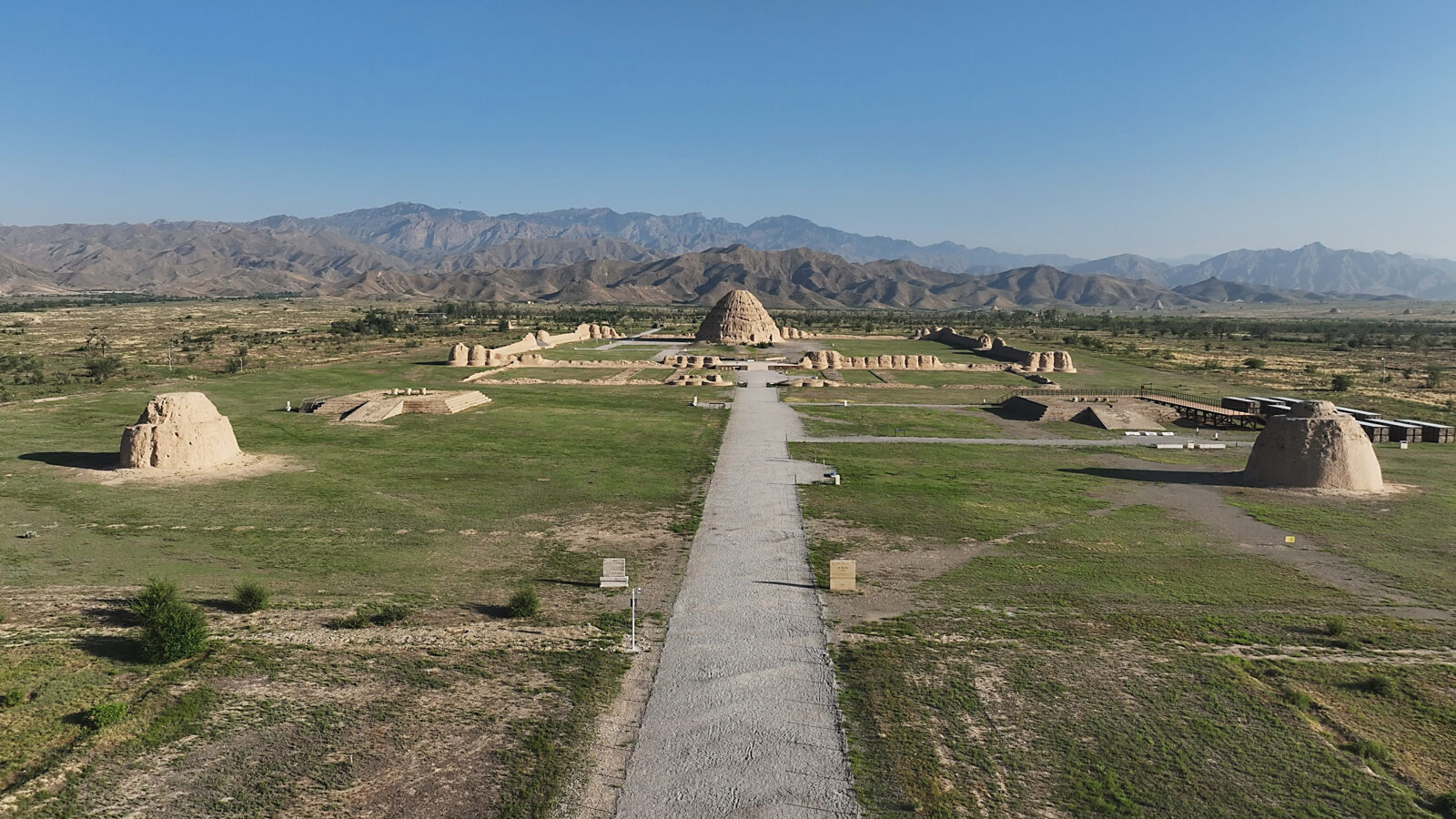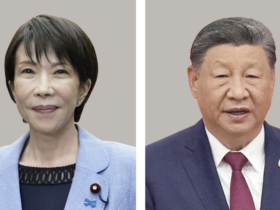Breaking news from the 47th World Heritage Committee session at the UNESCO headquarters in Paris, France: The enigmatic Xixia Imperial Tombs have officially been inscribed on the prestigious UNESCO World Heritage List. As a significant addition to China’s rich cultural heritage, this designation highlights their immense global cultural and historical importance and invites the world to explore a profound and captivating chapter in East Asian civilization.
Exploring the grand scale of history
Today, the Xixia Imperial Tombs site encompasses a vast area that preserves nine imperial mausoleums and more than 270 subordinate tombs spread across the desert landscape. Located some 30 kilometers west of Yinchuan, the capital of northwest China’s Ningxia Hui Autonomous Region, these monumental structures silently stand as a testament to a vanished empire.
While many structures have weathered naturally over the centuries, the sheer scale, unique forms, and enduring presence of the remaining mounds evoke a profound sense of history, mystery, and resilience. Often hailed as the “Oriental Pyramids” for their distinctive and monumental scale, they represent one of China’s most significant and mysterious ancient sites.
A vibrant yet vanished Silk Road empire
The Xixia, also known as the Tangut Empire (1038-1227 AD), was a vibrant and strategically vital civilization along the ancient Silk Road. Renowned for its remarkable cultural achievements, it developed a unique and complex written script, established advanced irrigation systems that transformed the arid landscape, and fostered thriving trade and artistic endeavors. The Xixia emperors skillfully carved out a significant realm, maintaining their distinct Tangut identity and culture while actively interacting with neighboring powers.
However, their formidable empire eventually succumbed to the relentless Mongol conquests. Tragically, much of their historical records and tangible architectural legacy outside of the tombs were lost to time, making these surviving mausoleums all the more precious as vital records and primary sources of a largely forgotten era. They are essential to understanding the full scope of medieval East Asian history.
Unique architectural marvels andcultural fusion
Unlike the more familiar circular mounds of other Chinese imperial tombs, the Xixia mausoleums feature distinctive, pagoda-like structures. These monumental earthen mounds, sometimes reaching over 20 meters in height, are believed to be the remnants ofthe grand multi-story timber-frame towers that once adorned the tombs.
This unique architectural style reflects the sophisticated fusion of Tangut, Han Chinese, and Buddhist influences, showcasing the artistic ingenuity of the era. This distinct aesthetic sets them apart and serves as a powerful indicator of the advanced civilization of the Xixia.


-加码-scaled.jpg)

-加码-scaled.jpg)















Leave a Reply